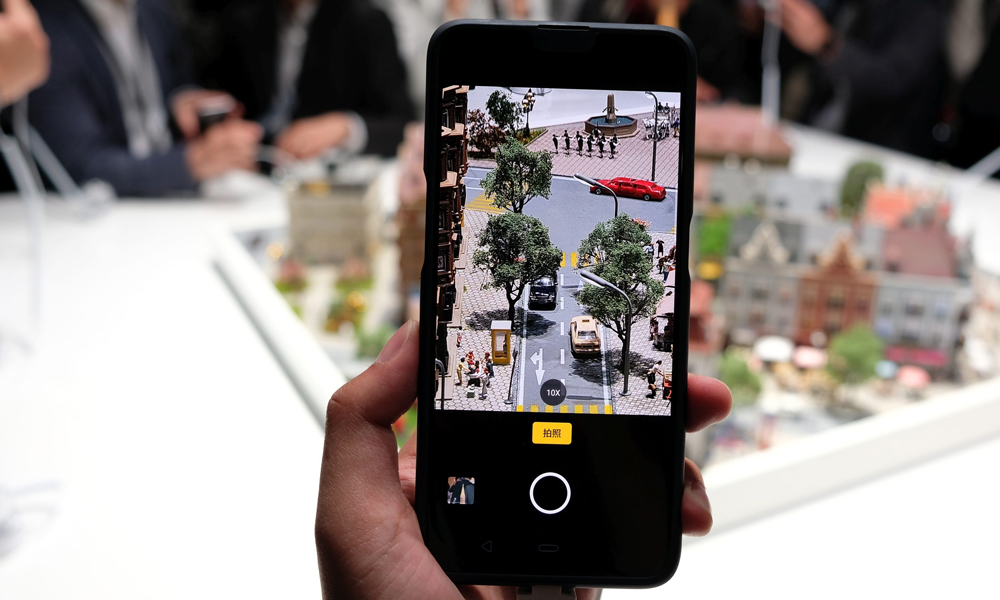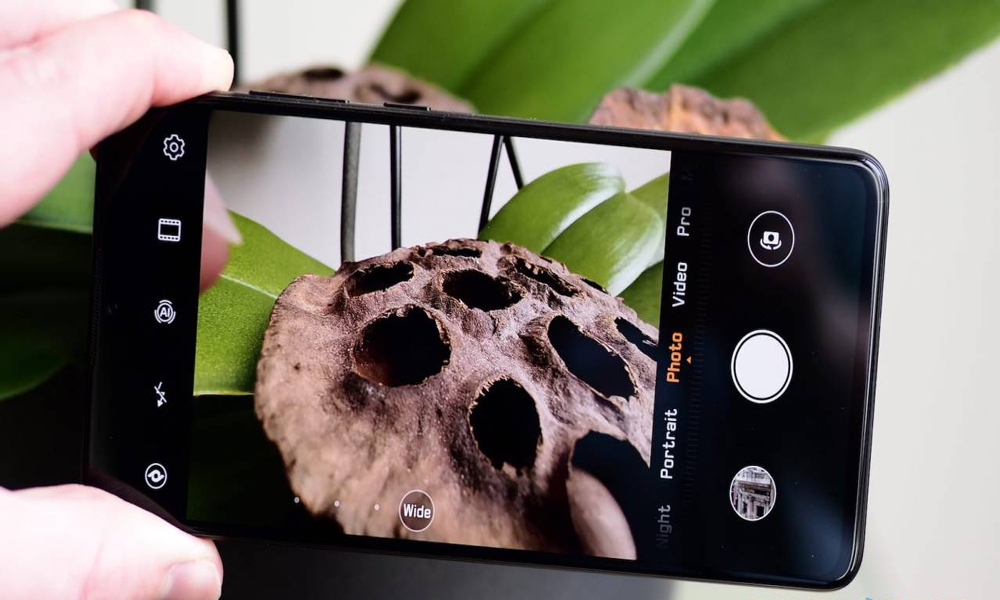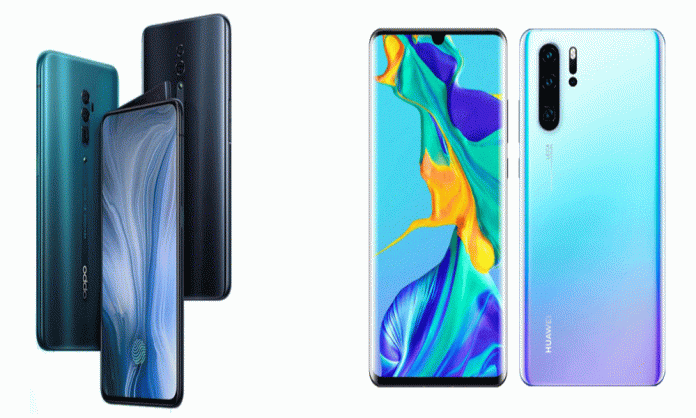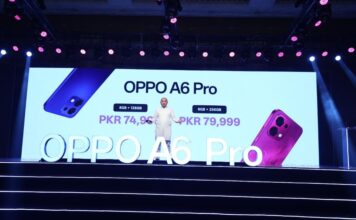The smartphone market in 2019 is moving towards a new fashion, “Zoom”. Instead of being able to get a far shot of a scene you like, you can now zoom in and focus only on an element, no matter how far away.
Oppo and Huawei were the pioneers of this new fashion with Oppo Reno 10x Zoom phone cameras and the Huawei P30 Pro.
Oppo Reno 10x Zoom

In February, Oppo unveiled the hidden components of its camera capable of delivering 10 optical levels of optical zoom. By relying on the Periscope concept, the rear camera Zoom of Reno is based on a 48-inch main lens Megapixels, through which the light passes through a number of mirrors installed at a 45-degree angle, to move the light between them before the imaging sensor installed 90 degrees vertically on the body of the phone.
With the 13-megapixel zoom lens, the 13-megapixel Reno zoom lens can magnify the scenes in front of it with high resolution, while preserving the clarity of the scene details through Dual OIS. The main lens and other magnifying glass have the optical stability feature, Especially that the optical stability in the magnifying glass depends on the smart trick of using a free mirror moving in reverse the movement of vibration of your hand when filming, and therefore remain clear image snapshots and fixed when using the magnifying glass.
Besides, there is a third lens dedicated to shooting at a very wide angle of 8 megapixels at a 120-degree angle.
Huawei P30 Pro

The situation in Huawei is not very different in terms of the use of the concept of binocular, as well as the double optical stability, but the new Chinese giant was based on the modernization of the sensor imaging itself, it depends on the sensor RYB, which captures the double yellow color that the sensor can pick Instead of the traditional RGB sensor, which included green, red and blue. With the new update, Huawei increased the brightness of the main camera sensor by 40%, providing a greater level of detail and illumination.
Although Huawei has adopted the same “telescope” concept, it has raised the ceiling of the competition by enlarging the footage to 50 levels, but with digital zoom, because providing this level of optical zoom will require 5 times the number of mirrors used with the 10 levels of zoom The camera lens, which will increase the thickness of the camera.
Huawei has developed its intelligent touch feature by providing an AI-based feature that is dynamic to AI HDR +, which is based on the lens’s understanding of the nature of the illumination within the scene, making it easy to re-distribute the illumination within the shot after being photographed between the faces And important elements within the picture.
Huawei also surpassed its rival Oppo at the level of providing a dedicated lens to capture the depth of the ToF field, offering advantages such as the complete separation of the various elements from the background of the shot, as well as a gradual level of portraiture effect, AR to measure the dimensions of the real world such as the lengths of objects and their various dimensions accurately up to 98.5%.


























